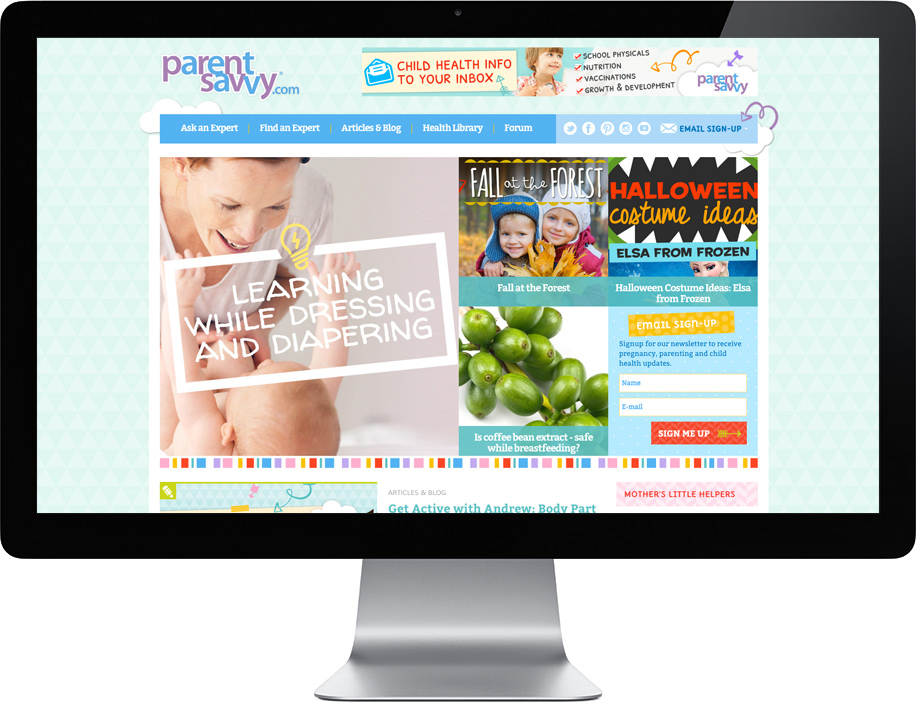This is part 4 of Tim’s series on branding, to read the other parts, click here.
Business trips are fraught with stress and surprises.
I use to do a lot of traveling, and the one thing that I could look forward to every trip was the Heavenly Bed at the Westin Hotels.
No matter what, I could always count on that fluffy, soft feather pillow and feel all the stress and tension from a day of uncertainty melt away. Consistency, my friends, is worth a great deal to your customers.
How does this translate to your company?
We’ve established in previous blog posts that even though your logo is not your Brand, it plays a significant role in developing your Brand.
Creating a consistent palate of visual elements is essential to supporting this development. You can reference this “short list” of elements to gauge the consistency of all visual references to your Brand and company:
Logo
What are the appropriate colors to use? How should everything be arranged on a page? Size to content ratio? How can the logo be used? Can it be used on apparel? Does the logo work when imprinted on pens or other small items?

Even for the smallest companies, graphic standards are necessary.
Logos are intended to be iconic and easily recognizable like Nike’s swoosh, Pepsi’s medallion, Windows’ window, etc. So, don’t over-design your logo.
To be honest, spending the money to have a professional do the heavy lifting is well worth it in the long run.
Company Colors
Your company colors are made up from colors that are in your logo or complement the colors of your logo.

My rule of thumb is no more than 3 colors for logos and 3 complementary colors. How do your company colors influence the emotional response of your Brand?
Think about a big luscious chocolate cake from “Mom’s Bakery” with pea-green frosting on it. Appetizing?
Collateral
Collateral includes business cards, letterhead, brochures, trade show materials, uniforms, branded merchandise—basically anything that is used to operate your business.
Hiring a graphic designer that has experience creating a comprehensive package of marketing materials is money well spent.

Your visual elements can and should compliment the actual words used in your materials. And the words you use MUST align with your Brand. If any part of these are disconnected, you create dissonance that can be counterproductive to your branding efforts.
Website
I broke this out as its own entity because developing a performance website requires a thoughtful approach and detailed planning.
If you think “Once I build my company site, people will come!” then think again.

Although websites can build credibility and provide valuable information, they serve no purpose if people can’t find your site. Your site should be equipped to continue the conversation you start in your brochures, direct mail pieces, and advertising campaigns.
Blogs and other unique content offerings can help position you as an expert in your field and reinforce your Brand. Providing regular content is also a great way to generate new leads you may not lure with traditional advertising.
But don’t for a minute think that your site will be a valuable piece of collateral if you aren’t planning on updating content and managing your Search Engine Optimization (SEO).
Signage
GPS and Google Maps are a godsend.
But, if I’m driving around in my car trying to find your business and can’t see your sign, I will give up and look for a second option. I promise others will think similarly.

Spend some time, thought, and energy answering your business’ signage needs. Use a reputable sign company and don’t skimp!
Think of your signage as the welcome mat to your business and the first impression your customer has—an impression that can greatly influence their experience.
Next time, we’ll ask whether your employees are allies or assassins?
Do you want access to more content like Tim’s Branding 101 series? Subscribe to the C3D email newsletter for a bimonthly installment of marketing news, business tips, music playlists, and tutorials delivered right to your inbox!

